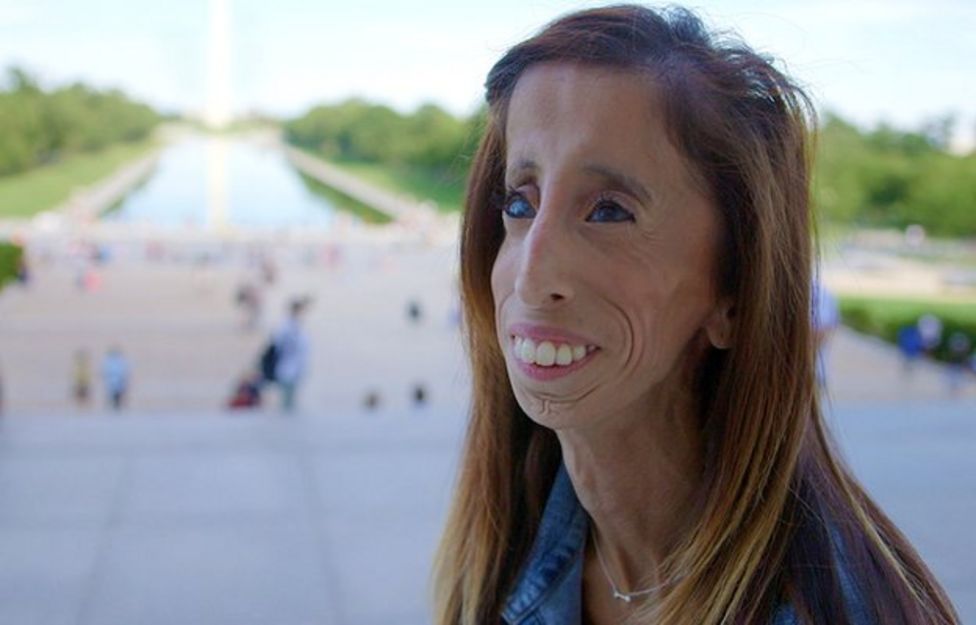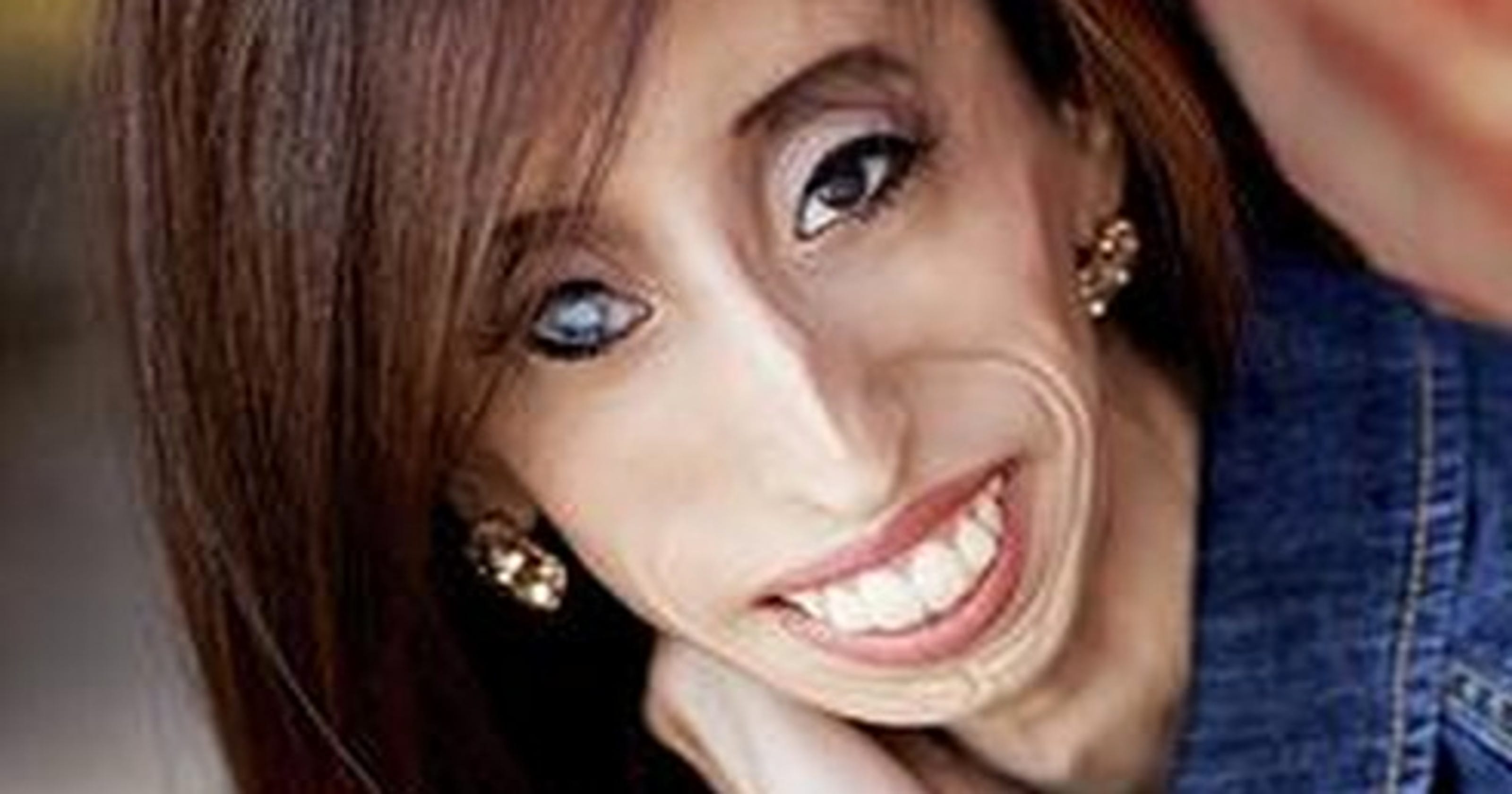"World's Ugliest Woman": Stories Of Resilience & Triumph | Stories
Can a single, cruel label define a person's life, or can resilience and self-acceptance triumph over the harshest judgments? The stories of those once branded "the world's ugliest woman" offer compelling evidence that inner strength and unwavering spirit can indeed rewrite the narrative of adversity.
The very phrase, "the world's ugliest woman," carries a harsh sting, conjuring images of public ridicule and private despair. Yet, behind this label lies a complex tapestry of individual experiences, struggles, and ultimately, triumphs. These are tales of women who, against all odds, found the courage to challenge societal perceptions of beauty and redefine their own worth.
One of the most well-known figures associated with this label is Lizzie Velasquez, an American motivational speaker, activist, writer, and YouTuber, born on March 13, 1989. Her journey, like that of others, is a testament to the enduring power of the human spirit. At the tender age of seventeen, she stumbled upon a YouTube video that would forever alter her life. The video, cruelly titled "The World's Ugliest Woman," featured her. The online response was immediate and devastating, filled with hateful comments and relentless cyberbullying. Yet, instead of succumbing to despair, Velasquez chose a different path, becoming an advocate for anti-bullying and body positivity, inspiring millions around the world.
| Category | Details |
|---|---|
| Full Name | Elizabeth Anne Velsquez |
| Born | March 13, 1989 |
| Nationality | American |
| Occupation | Motivational speaker, activist, writer, YouTuber |
| Notable Achievements | TED Talk, Anti-bullying advocate, Author |
| Syndrome | Rare genetic disorder (prevents weight gain) |
| Vision | Blindness in her right eye |
| Known for | Overcoming cyberbullying, promoting body positivity, and inspiring others. |
For further details, you can check out her official website: Lizzie Velasquez's Official Website
Velasquez's story is not unique. Others, like Mary Ann Bevan, a British woman born in 1874, also faced public scrutiny due to a rare disorder, in her case, acromegaly, which caused disfigurement. She entered a "ugliest woman" contest in 1935, finding a career in the circus. Before the onset of her condition, she had been a beautiful woman, married and happy. Bevan's life, like Velasquez's, underscores the transformative power of circumstances and the ability of the human spirit to adapt and endure. Her story provides insight into the early 20th century's societal attitudes toward beauty and the challenges faced by women who deviated from conventional standards.
The narrative also includes the story of Julia Pastrana, a 19th-century woman who, due to hypertrichosis, was exhibited as a sideshow attraction. Her life was immortalized in the play "The True History of the Tragic Life and Triumphant Death of Julia Pastrana, the Ugliest Woman in the World," which highlights the tragic circumstances of her life and the exploitation she endured.
The experiences of these women offer a powerful reminder of the importance of empathy and understanding. The media attention they received, both positive and negative, reveals societal attitudes towards beauty and difference. This scrutiny often placed them in the public eye in ways that contributed to their pain. They were labeled, judged, and, in some cases, exploited for their appearance. However, these women's narratives also showcase resilience, resourcefulness, and a quiet defiance of those who sought to diminish them. They found ways to live, to love, and to leave a mark on the world, despite the obstacles they faced.
The stories also reflect the impact of cultural context. In the late 19th and early 20th centuries, freak shows and sideshows were common forms of entertainment, and individuals with unusual appearances were often showcased for the public's amusement. This practice, while now widely condemned, normalized the objectification of people based on their physical differences. Women like Mary Ann Bevan, who performed with Ringling Bros. and Barnum & Bailey, navigated this complex world, seeking to earn a living while enduring the constant gaze of onlookers.
The modern landscape, with the rise of social media, has presented new challenges. The internet, with its echo chambers and instant global reach, has provided avenues for cyberbullying and the rapid spread of hateful content. Lizzie Velasquez's experience is a stark example of this. The anonymity afforded by the internet can embolden individuals to make cruel comments, fostering a climate of negativity that can have devastating consequences for those targeted.
Yet, these same platforms have also provided opportunities for connection, community, and advocacy. Velasquez, through her YouTube channel and her TED talk in Austin, Texas, has been able to reach millions, sharing her story and inspiring others to challenge their own self-perceptions and to stand up against bullying. Her impact demonstrates the potential of individuals to transform negative experiences into sources of empowerment and to create positive change.
The narrative of "the world's ugliest woman" is a story about confronting deeply ingrained societal biases, about redefining beauty on one's own terms, and about the enduring power of the human spirit. It is a story about resilience, about choosing hope over despair, and about finding beauty within, even when the world seems determined to deny it.
The stories of these women offer a challenge to us all. They ask us to examine our own biases, to question the narrow definitions of beauty that society often promotes, and to cultivate a more inclusive and empathetic world. They remind us that true beauty lies not in outward appearances but in the strength of character, the kindness of spirit, and the courage to be oneself.
The journeys of Lizzie Velasquez, Mary Ann Bevan, and others who have faced the label of "the world's ugliest woman" ultimately serve as a testament to the enduring power of the human spirit, demonstrating that it is possible to not only survive but to thrive, even in the face of the most challenging circumstances.
The tales also touch upon themes of love and companionship. Mary Ann Bevan, for instance, found a loving marriage with Thomas Bevan, a farmer from Kent County, a relationship founded on mutual respect and affection, a powerful contrast to the public perception of her. The story of her life suggests that true beauty transcends physical appearance.
The documentary about Lizzie Velasquez, which premiered at the South by Southwest (SXSW) festival, explores her fight against the hate and stigma. This is a fight being waged by many who have been targeted for their appearance or other perceived differences. It is an ongoing battle for dignity, for respect, and for the right to be accepted and valued for who one is, not what one looks like.
The stories also underscore the impact of medical conditions and genetic disorders. Many of the women faced physical challenges, such as neurofibromatosis or the rare syndrome affecting Lizzie Velasquez, that contributed to their unique appearances. These conditions often presented obstacles, requiring individuals to navigate the world while managing their health and the reactions of others. Understanding these challenges helps to foster empathy and a more inclusive approach to beauty and difference.
These stories are a reminder that beauty can be found in many forms and that inner strength and resilience are more valuable than external appearances. They show that it is possible to rise above the judgments of others and to create a life filled with purpose and meaning.



